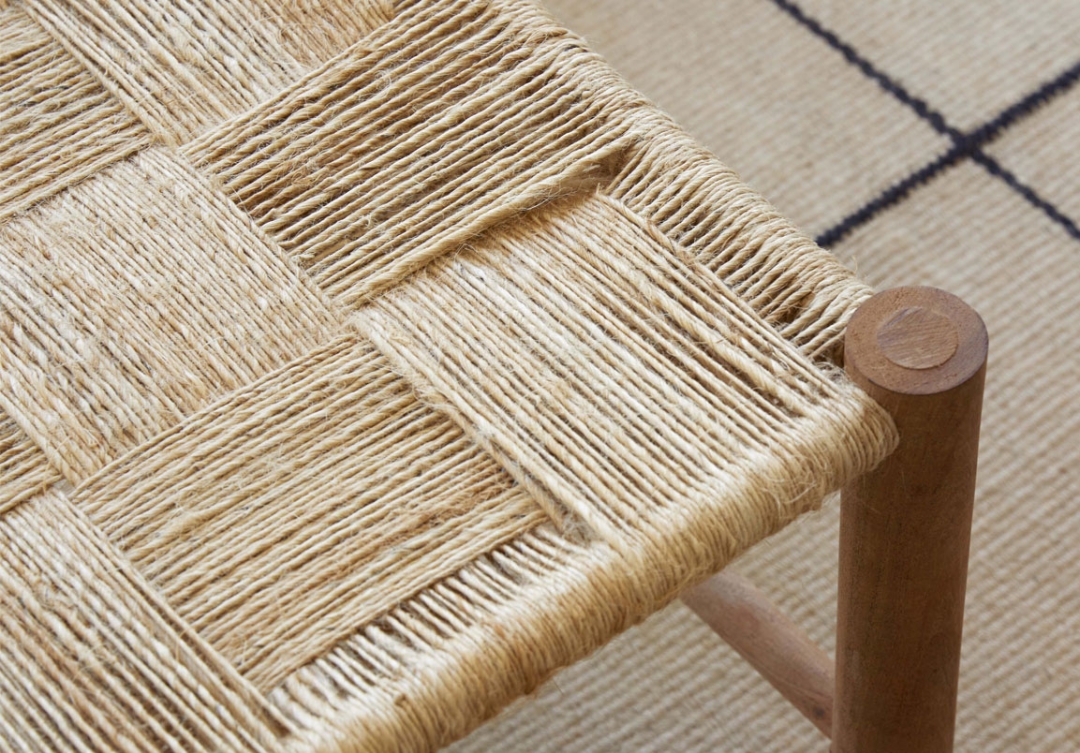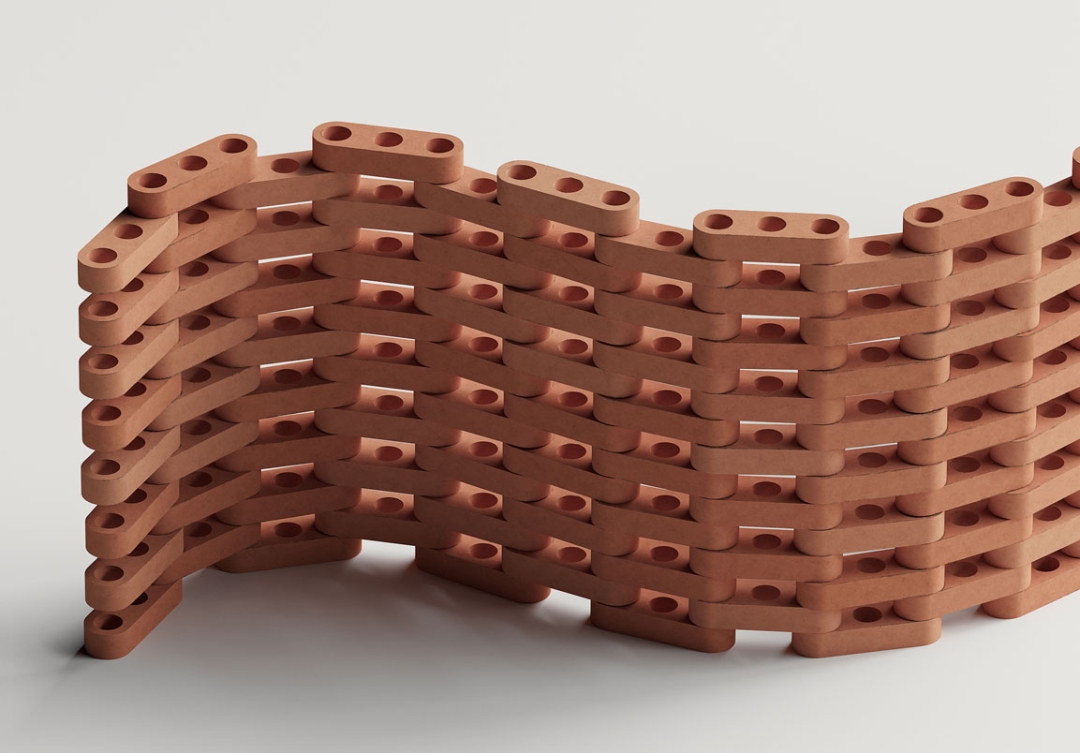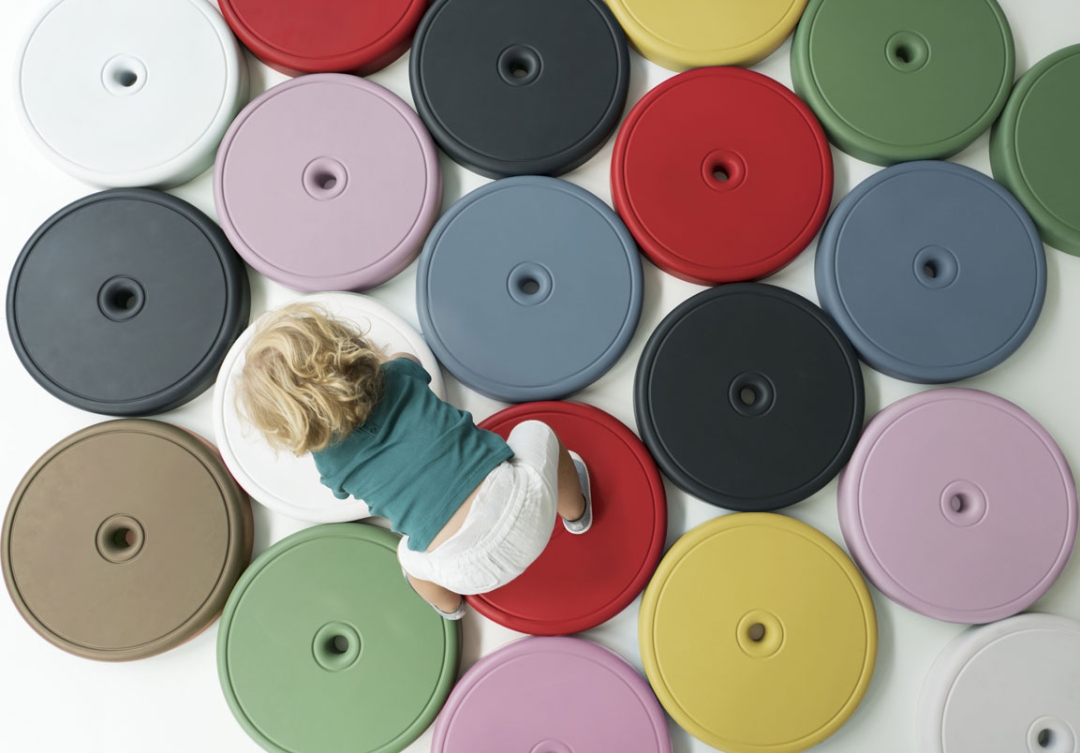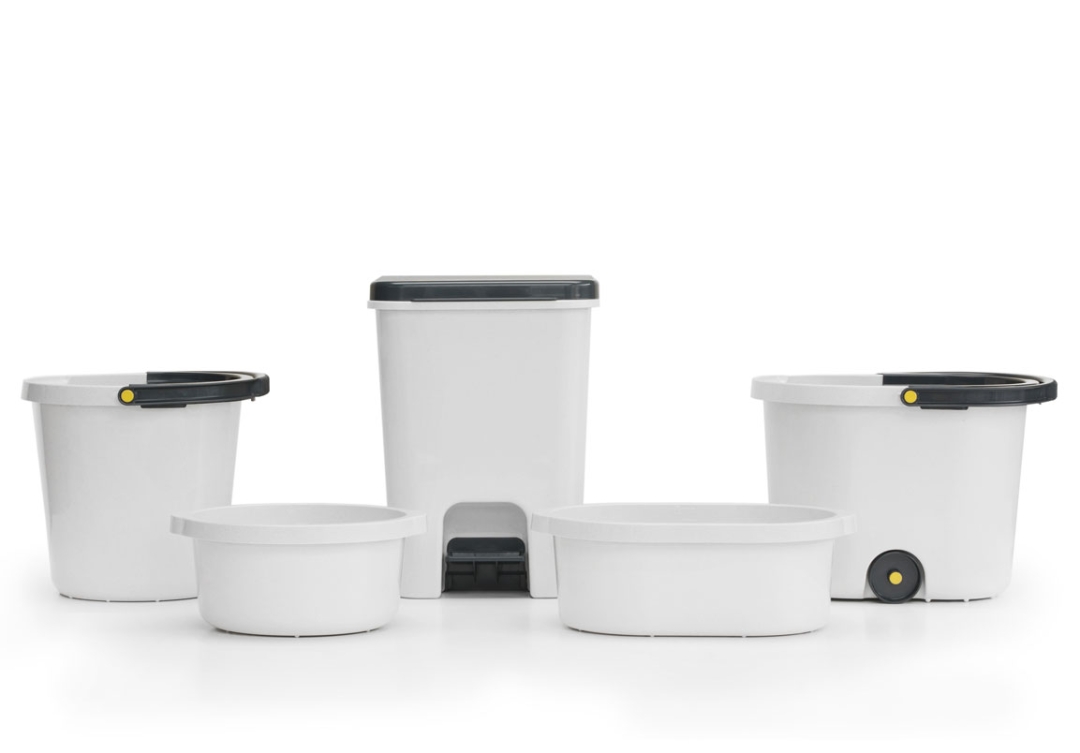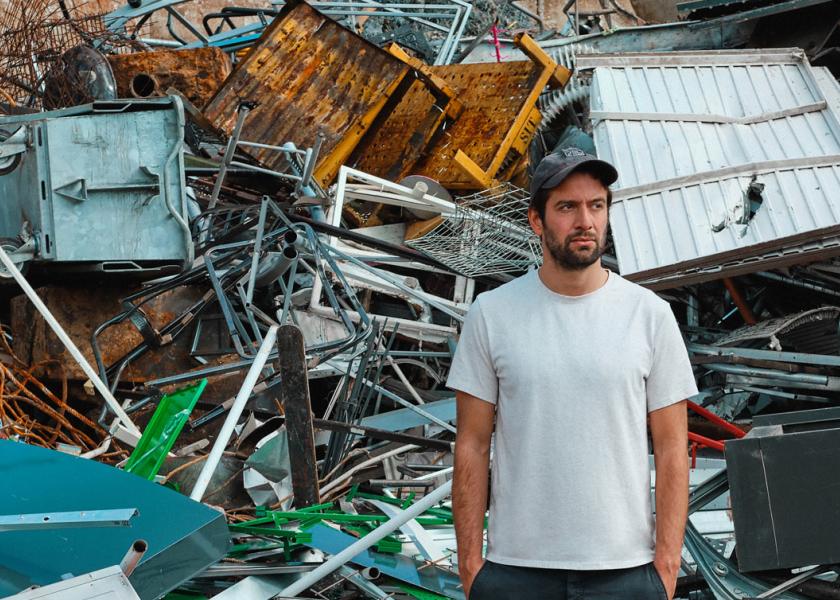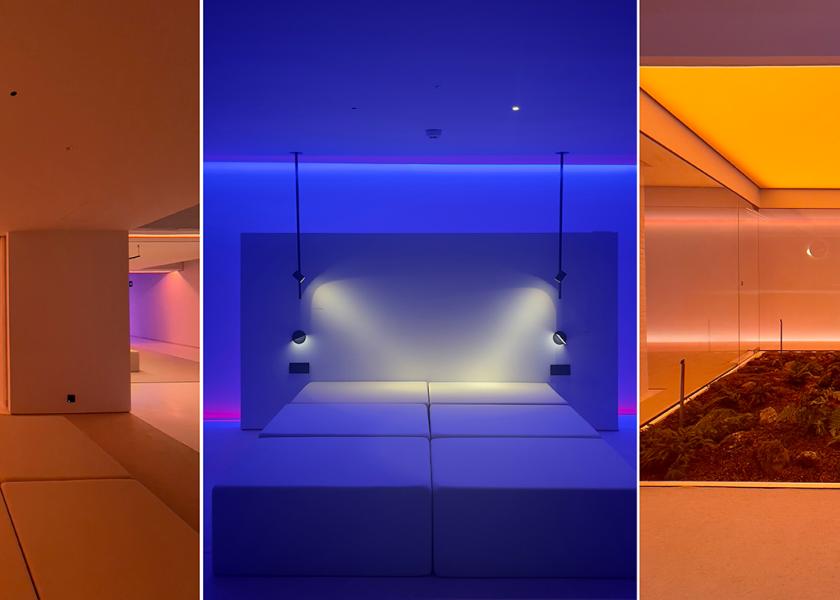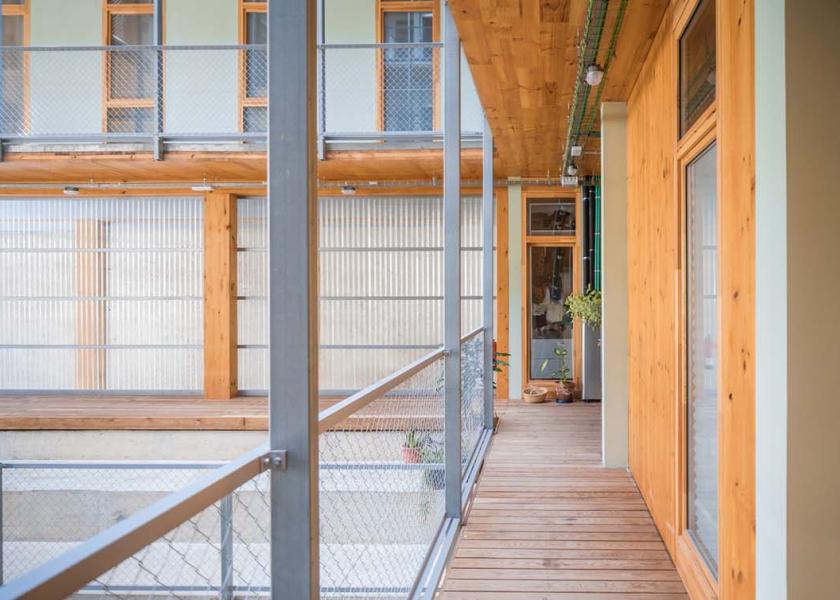Inma Bermúdez
The light of design
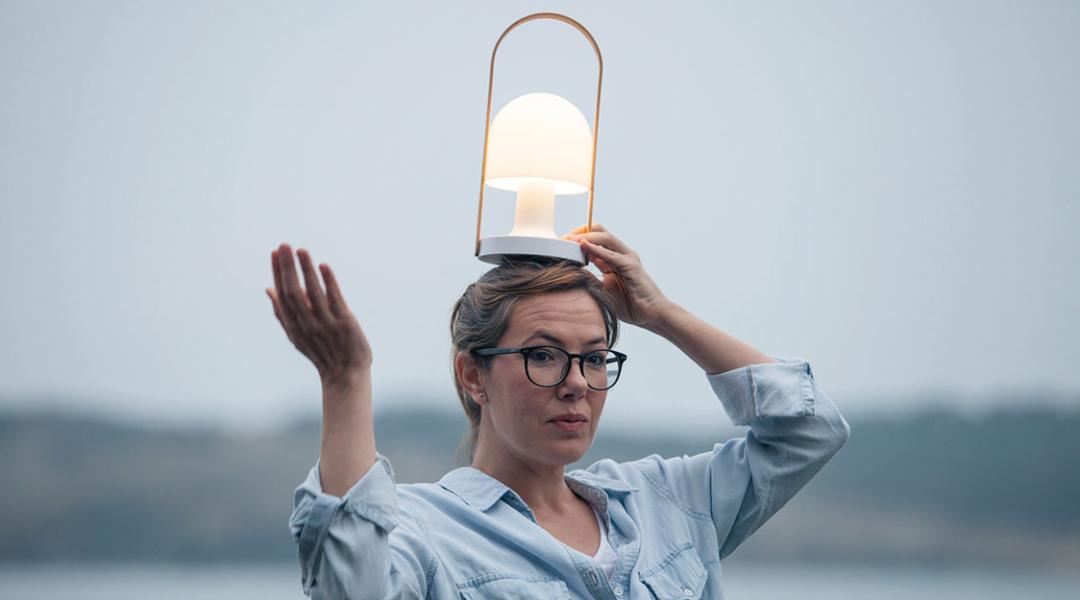
When she was a child, Inma Bermúdez didn’t know what design was, but she was already a designer. Today, with the 2022 Spanish National Design Award under her belt —she’s the youngest woman to win—, she continues to create objects that cast light upon our everyday lives. Her main goal, she admits, is for the communication between the object and the person using it to be as perfect as possible, making life a little bit easier.
Inma Bermúdez (Murcia, 1977) was a curious child by nature and spent her days imagining and drawing the room of her dreams in great detail. At the time, she remembers, “I didn’t know that what I enjoyed doing was called design, but when I grew up and had to choose a career, I couldn’t think of anything else.” What that little girl didn’t know was that she’d become the first Spanish woman to design for IKEA, or that she’d be the youngest woman to win the Spanish National Design Award (2022), granted by the Ministry of Science and Innovation. She’s also the creator of what has turned into classic lighting in just a few years, the FollowMe portable lamp with a rechargeable battery.
What’s design to you? How do you conceive it?
Like a type of psychology, a discipline that I also love. There’s a book called The Design of Everyday Things by Donald Norman, which is really interesting and talks precisely about this topic. In the end, I believe objects communicate with people and the designer’s job is to make that communication as perfect as possible to avoid confusion. Our job is to try to make things that, as well as being beautiful and well-produced, speak a language the user understands, that is, that they are easy to use.
Since you’re talent for design awoke really early in you, what would you say to someone who’s thinking of following your footsteps?
To work in this world and create something, being curious is essential. Our profession is broad and, if you’re lucky, you can work in many areas. You need to learn from all of them, because designing a plastic cube isn’t the same as designing an LED lamp. Aspects like technology or production processes are things you don’t learn at university, but rather by working on real projects. This is a profession where you never stop learning.
“Objects communicate with people and the designer’s job is to make that communication as perfect as possible”
Your talent has attracted the attention of countries like Sweden, Germany, or France. Are we doing things properly in Spain?
Even though there’s always room for improvement, I think we’re doing a good job. Spain isn’t a Scandinavian country, where it seems that design is part of their DNA. Our sense of design isn’t as easily recognisable, but, nevertheless, we offer the world really competitive products that are extremely high quality. We export a lot, which means that our work makes a good impression and the fact that many foreign designers work with Spanish companies is particularly noteworthy.
What did being the first Spanish female designer to work for IKEA mean to you?
When I started working for them, nobody knew, not even IKEA Spain, because I worked for the headquarters in Sweden. When the information became public it was a bombshell because, for the media, I had the perfect profile: a young woman who was the only Spaniard. Many brands discovered me this way and it allowed me to work with other national companies. As well as visibility, working at IKEA has been like a Master’s degree because it’s a company that has many different types of products and commissions really different objects. I’ve been able to apply everything I’ve learnt to other projects.
You recently became the youngest designer to win the Spanish National Design Award. What did it mean to you?
It’s recognition for a professional career and I still consider myself young; in fact, I’m the third woman and the youngest to receive it. I confess that I wasn’t going to apply because I never thought that it was an award that I could be eligible for, but my immediate circle encouraged me to do it. To my surprise, I received a call from the Minister of Science and Innovation, Diana Morant, telling me that I’d won. I think this award is for us women to believe in ourselves more, we often don’t have a big enough ego. It’s good for there to be more women who want to work in the world of design because there’s a lack of female role models.
And speaking of role models, who have been yours?
Undoubtedly, Dieter Rams, the designer for Braun and a living legend. 50 years ago he came up with ten principles of good design that are still valid today. Also Patricia Urquiola, because I’m amazed by what she’s achieved. I don’t identify with her in terms of her designs, but I do admire her a lot.
The jury of the Spanish National Design Award highlighted your “commitment to environmental and social sustainability.” Is this a factor that’s increasingly being taken into account?
I’d like to think that sustainability is important in all sectors, not just mine. Slowly, people, brands, and politicians are becoming more aware, but there’s also still a long way to go. Each of us should think about our behaviour and consume less. A few years ago, there was an imperative need to constantly launch new products and, when you went to a fair, you’d see a large amount of product that hadn’t been well made. Now, brands are increasingly more aware. I believe politicians should continue to work on regulations that make us evolve because, unfortunately, if we don’t have rules, we don’t change.
“It’s good for there to be more women who want to work in the world of design because there’s a lack of female role models”
In fact, you live in a house built following sustainable criteria; which are the most special pieces you have kept in it?
The ones I’ve kept from my in-laws’ family and my grandmother. I love that my home houses my story and my family’s story, and I love pieces that tell a story; sometimes they might seem ugly to others, but they’re beautiful to me. Of course, I also have prototypes that we keep and that are unique.
Which pieces are you most proud of?
The FollowMe lamp has been a great success at many levels, and, in less than ten years, it’s become a classic. We launched in 2014 and it wasn’t only innovative because of its design, but we created a new type of lamp: autonomous lamps. A few months later, other brands also launched them, but we were the first.
